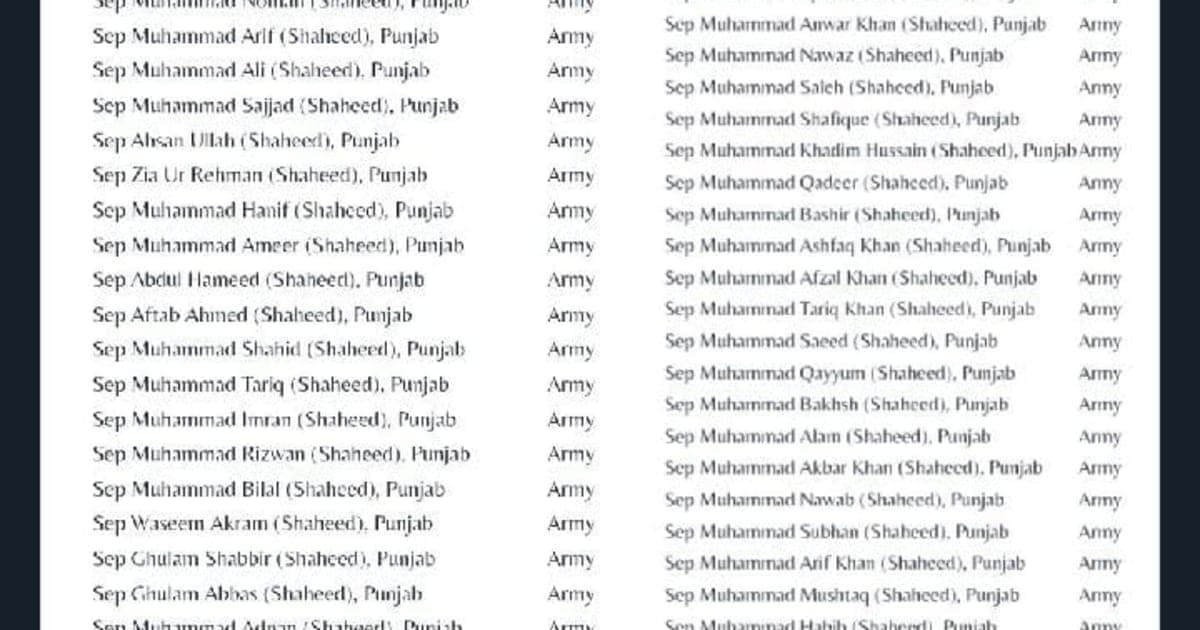Tehrik-e-Taliban Pakistan (TTP) is Pakistan's largest militant group, which is fighting against the government and the security forces of Pakistan. TTP has its fighters in Afghanistan and a specific ratio at the Pak-Afghan border. These terrorists keep attacking civilians and the armed groups of Pakistan through different means. The TTP's activity declined between 2014 and 2018. The reason was the drone strikes by the US and the several operations conducted by Pakistan's army.
What was the reason for TTP's strong and sudden comeback?
After the US and Afghan Taliban deal (Doha Agreement) in 2020, the US troops withdrew from Afghanistan, and the Taliban pledged to prevent any group from threatening or carrying out any terrorist activity on US soil or in its allies. The deal provided TTP with safe havens for using the land for their strategic planning, operational space, and regrouping. Some other militant groups also joined TTP, including Al-Qaeda because both groups had the same "Jihadist narratives ". TTP then enhanced its presence and strategies in regions like Balochistan and FATA (Federally Administered Tribal Areas). The Afghan provinces, specifically Kunar and Nuristan, serve as bases for TTP cross-border assaults.
After the 2014 collapse of the TTP, it regained real strength when the Afghan Taliban took over Kabul in 2021. TTP emerged in 2007 within the context of regional militant dynamics post-2001 and shares the same jihadist narratives with Al-Qaeda and the Afghan Taliban. When the US invaded Afghanistan, the disagreements among the jihadist groups in Afghanistan bolstered the emergence of TTP. They wanted to implement the "Sharia system" in Pakistan, which they considered the original goal of the formation of Pakistan in 1947. During the US war on terror in Afghanistan, some Pakistani fighters who were fighting in Afghanistan and Kashmir for Pakistan, turned against the Pakistani government. They were disappointed because the Pakistani government supported the US's war on terror. At the same time, the Pakistani government, under US pressure, started attacking the hideouts of these insurgent groups. This caused the Pakistani jihadists to join up with Al-Qaeda and the Afghan Taliban. These reasons ultimately led to the formation of TTP.
At first, TTP claimed that it is just associated with the Afghan Taliban. They considered Mullah Mohammed Omar, the Taliban leader, their leader too, but their main agenda was to set up a Sharia system in Pakistan. Meanwhile, they stated that their fighting is just a defensive reaction against Pakistan's military actions. This was not the only reason for their actions; their agenda of "Sharia Implementation" was the backbone of their attacks. They also wanted to eliminate the rulers and people of Pakistan they thought of as "American followers. "With time, TTP changed its strategy. By 2020, the group claimed that it doesn't have any agendas regionally or globally; it just cares about Pakistan. The reason behind this statement was to lower the US backing of Pakistan, as the US provided modern drone support to fight against TTP because it worked with Al-Qaeda and was a threat for the US. In 2018, the groups had another shift in the fighting strategy. TTP shifted its attacks from the civilians to the military and intelligence personnel of Pakistan.

What was the reason behind this shift?
There were several underlying reasons for this shift. Al-Qaeda, under Osama bin Laden, had its prime focus at international targets such as the US. Furthermore, TTP's opposition to Pakistan's government and the security forces was another key factor. But most important of all was that the TTP wanted to show sympathy with some minorities like the Pashtun and Baloch people who also lived near the Pak-Afghan border; this was a prime chance for the TTP to extend its jihadist influence by connecting to these people because they believed that Pakistan's government was not fair to them, as the people of Balochistan and Khyber Pakhtunkhwa face relative disparities compared to other provinces in Pakistan.
Conclusion
TTP is still carrying out its operations against Pakistan in the name of "Islamic Jihad," also taking support from India and operating from Afghan soil. The Taliban rule in Afghanistan is allowing them to carry out their cowardly attacks since the US withdrawal. The negotiations fail every time, and the ongoing attacks by TTP are compelling Pakistan's government to adopt rigorous measures. TTP recent attacks with new war tactics clearly indicate they have a strong alleged support from India and Afghanistan, in terms of weaponry means also, and it is posing a threat for the sovereignty of Pakistan. Recent reports have also confirmed India’s Research and Analysis Wing (RAW) is supporting TTP with intelligence information for carrying out attacks in Pakistan. Regarding Afghanistan’s failure to curb terrorism emanating from its soil, the DG ISPR said, “Pakistan has been in talks with Afghanistan for two years, urging them to prevent terrorism. Unilateral decisions from Afghanistan will not be accepted. The threat from TTP and other militant groups remains a priority for Pakistan, and we will continue to safeguard our citizens through all necessary means.”
After the recognition of Baloch Liberation Army (BLA) as a Foreign Terrorist Organization (FTO), there is a sudden increase in the activities and terror attacks of BLA and TTP. The reason might be that the security forces of Pakistan are intensifying efforts to dismantle the networks of TTP and BLA. The terror attacks carried out by these groups in the last month and the loss of lives might force the government to take strict actions against these groups.




